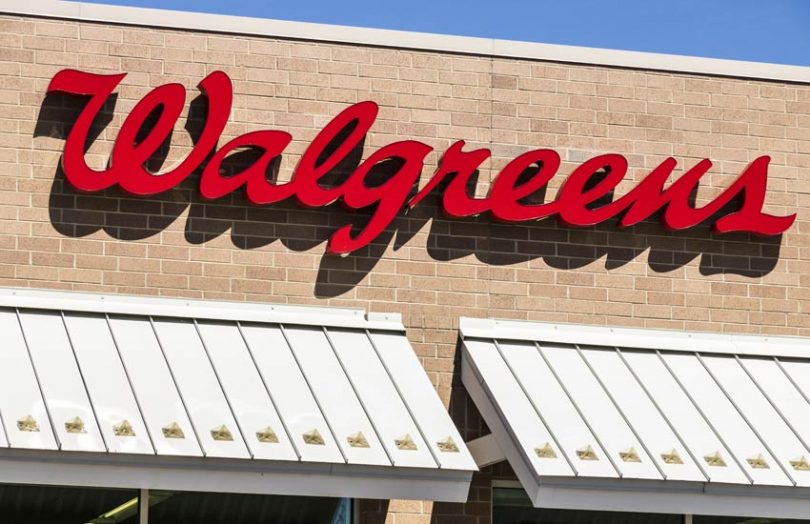Today SigmaLedger announced that its coupon anti-counterfeit solution CuBE (Coupon Business Exchange), which uses blockchain, has been adopted by P&G (Procter & Gamble) and Walgreens.
A couple of weeks ago, a story hit the news about a Virginia couple that racked up $31.8 million in losses to retailers and manufacturers through coupon fraud over a three-year period. Lori Ann Talens, who created the counterfeit coupons that she often sold to others, was sentenced to 12 years.
Talens manipulated the barcodes so they scanned as legitimate, sometimes giving a $24.99 discount on a $25 item. If the barcode doesn’t come up with an error, the cashier will accept it. It often takes several weeks for the coupon to go to a clearinghouse, where it might be flagged as fraudulent. Only then will there be a block on it.
The solution is to verify the coupons against a list at the point of sale. SigmaLedger uses blockchain to securely share data with retailers, which is done via a partnership with EPAM Systems.
“The adoption of CuBE has equipped our team members with the technology to identify and reject counterfeit coupons, leading to an overall reduction in losses associated with coupon fraud,” said Heather Vondrasek, Asset Protection, Walgreens.
Apart from being an anti-counterfeit solution, the coupon redemptions are also tracked, allowing real-time reporting. This sort of digital solution using a shared ledger reduces the reconciliation costs and means retailers get reimbursed faster.
SigmaLedger uses an enterprise version of the Ethereum blockchain.
It’s not the first blockchain solution to address coupons and rewards. Hitachi demonstrated a blockchain coupon settlement system in 2018. Last year The Coupon Bureau adopted Hedera Hashgraph for a similar solution. There are a much larger number of companies using blockchain to track rewards and loyalty programs.






